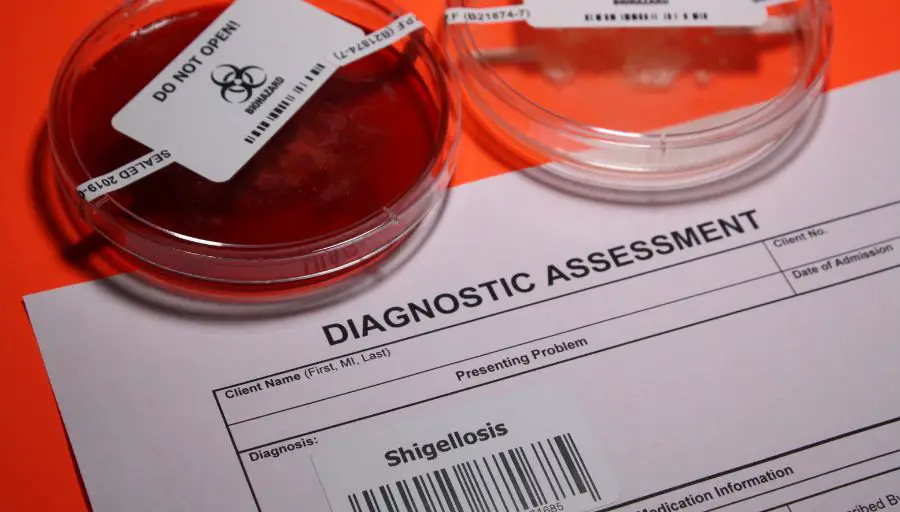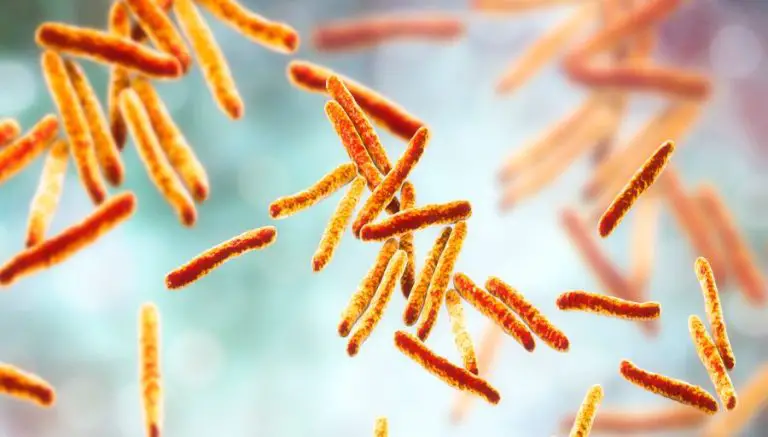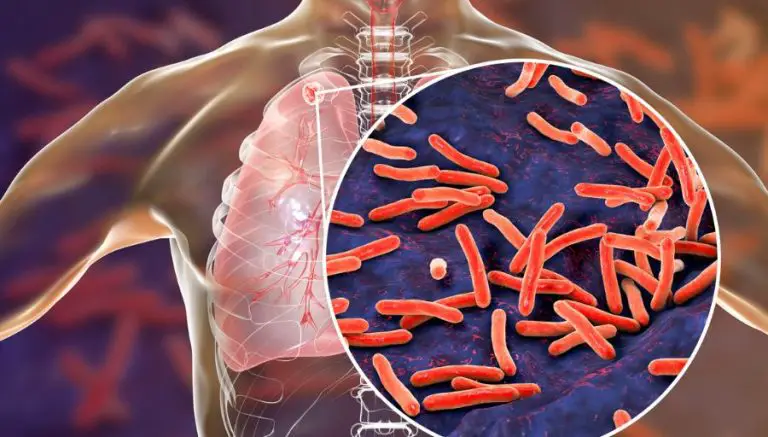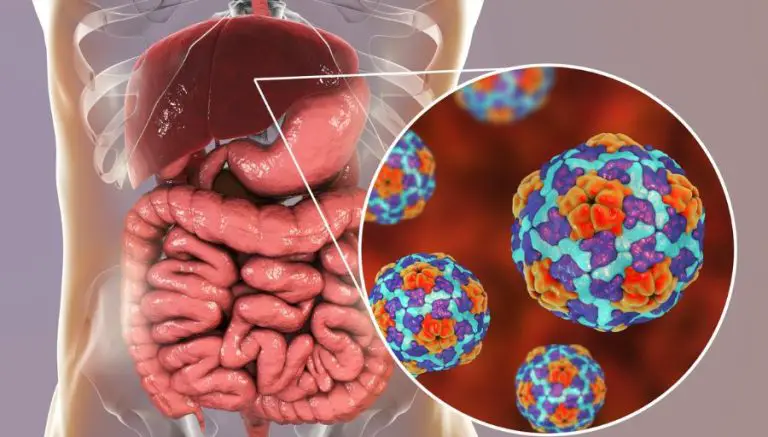Four Types of Shigellosis Caused by Different Shigella Bacteria
Four different species of Shigella bacteria cause Shigellosis and are typically ingested with water and food contaminated by feces. Shigellosis is an infection that affects the gastrointestinal system. The first type is Shigellosis due to Shigella dysenteriae; the second type is Shigellosis due to Shigella flexneri, the third type is Shigellosis due to Shigella boydii and the last type is Shigellosis due to Shigella sonnei.
1. Shigellosis due to Shigella dysenteriae
The bacterium Shigella dysenteriae, serogroup A, typically ingested with water and food contaminated by feces, is the deadliest of four Shigella species that cause Shigellosis. This infection affects the gastrointestinal system.
Dysentery due to this bacteria occurs in epidemic proportions in developing countries and may prove fatal due to Shiga toxin.
1.1 Symptoms
A patient with Shigellosis due to Shigella dysenteriae can experience;
- severe, sometimes bloody diarrhea;
- stomach pain;
- tenesmus (rectal pain on straining to pass stool); and
- fever
In severe cases, patients may become extremely dehydrated. Children may develop seizures and even hemolytic–uremic syndrome (HUS), which is characterized by anemia due to the destruction of red blood cells (hemolysis), renal failure (uremia), and ecchymoses or purpura (small bluish-purple spots due to leaking vessels under the skin).
1.2 Diagnosis
Laboratory tests of the patient’s feces can detect the Shigella dysenteriae; culture and sensitivity can determine the most effective antibiotics.
1.3 Treatment
Treatment includes rehydration with oral or intravenous fluids and, in severe cases, antibiotics. Shigella dysenteriae is rare in the U.S.
2. Shigellosis due to Shigella flexneri
Shigella flexneri, serogroup B shigella, typically ingested with water and food contaminated by feces, is one of four species that cause Shigellosis, an infection that affects the gastrointestinal system. It causes severe inflammation of the epithelial lining of the colon.
2.1 Symptoms
A patient with Shigellosis due to Shigella flexneri can experience;
- severe, sometimes bloody diarrhea;
- stomach pain;
- tenesmus (rectal pain on straining to pass stool); and
- fever.
In severe cases, the patient may become highly dehydrated, children may have seizures, and the genetically predisposed may develop post–infectious arthritis that can last for a long time and lead to chronic arthritis.
2.2 Diagnosis
Laboratory tests of the patient’s feces can detect Shigella flexneri, and culture and sensitivity can help identify the most effective antibiotic(s).
2.3 Treatment
Treatment includes rehydration with oral or intravenous fluids and, in severe cases, antibiotics.
3. Shigellosis due to Shigella boydii
The bacterium Shigella boydii, serogroup C, typically ingested with water and food contaminated by feces, causes Shigellosis, an infection that affects the gastrointestinal system.
3.1 Symptoms
A patient with Shigellosis due to Shigella boydii can experience the following;
- severe, sometimes bloody diarrhea;
- stomach pain;
- tenesmus (rectal pain on straining to pass stool), and
- fever.
The patient may become extremely dehydrated in severe cases, and children may develop seizures.
3.2 Diagnosis
Laboratory tests of the patient’s feces can detect the shigella boydii, and culture and sensitivity can help identify the most effective antibiotic(s).
3.3 Treatment
Treatment includes rehydration with oral or intravenous fluids and, in severe cases, antibiotics. Shigella boydii is rare in the U.S. but common in developing countries.
4. Shigellosis due to Shigella sonnei
The bacterium Shigella sonnei, serogroup D, typically ingested with water and food contaminated by feces, causes Shigellosis, an infection that affects the gastrointestinal system.
4.1 Symptoms
A patient with Shigellosis due to Shigella sonnei can experience;
- watery or bloody diarrhea;
- stomach pain;
- tenesmus (rectal pain on straining to pass stool), and
- fever.
The patient may become extremely dehydrated in severe cases, and children may develop seizures.
4.2 Diagnosis
Laboratory tests of the patient’s feces can detect Shigella sonnei, and culture and sensitivity can identify the most effective antibiotic(s).
4.3 Treatment
Treatment includes rehydration with oral or intravenous fluids and, in severe cases, antibiotics. Of the four different species of Shigella, Shigella sonnei is the most common in the U.S.






